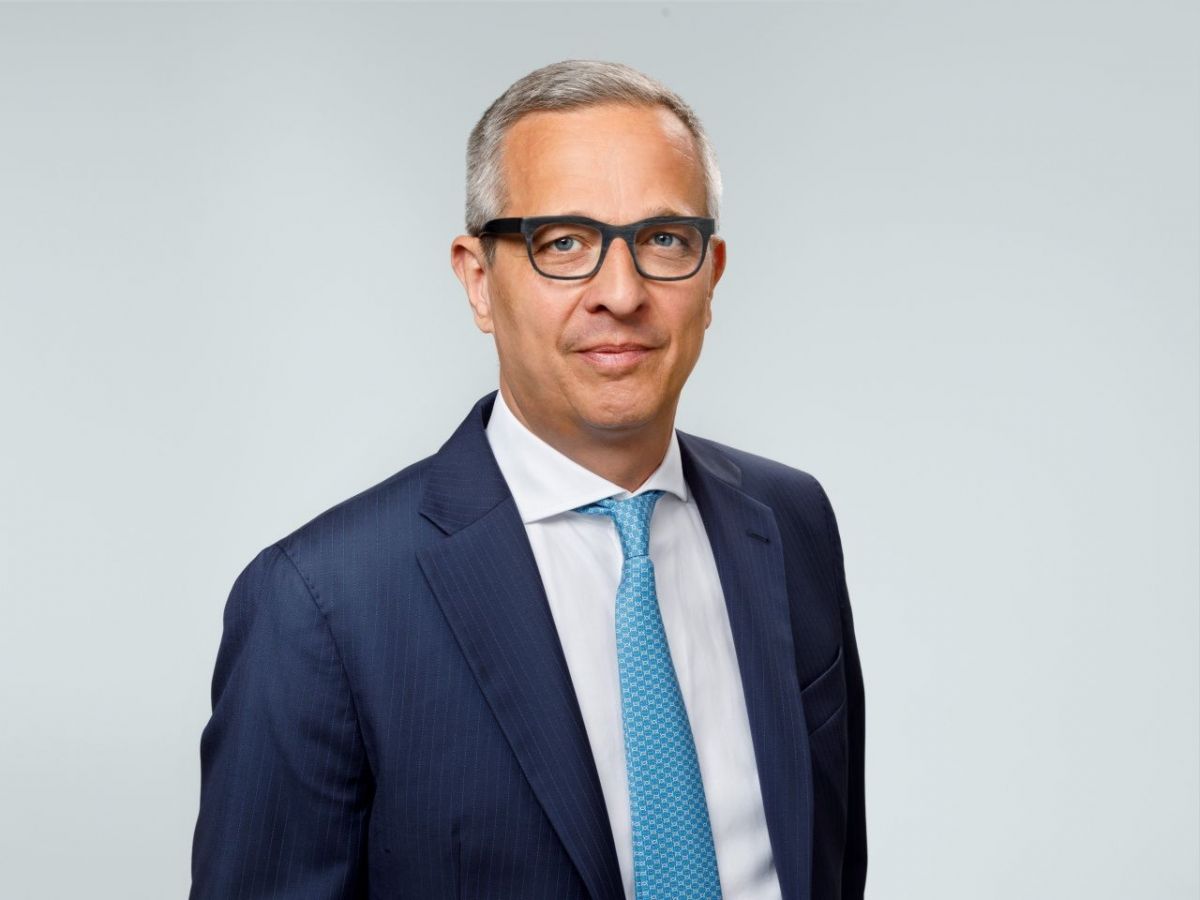In spite of the post-pandemic surge in inflation, the energy crisis, the war in Ukraine, ongoing disruptions to supply chains and labour shortages, the German economy proved to be relatively resilient over 2022. Germany’s gross domestic product rose by 1.9 pct in 2022, having shrunk in the final quarter of the year. CBRE predicts that Germany’s economy will contract by 0.7 pct over the course of this year, but anticipates two years of solid growth following this (1.8 pct and 2 pct respectively).
Investment
According to JLL, the German investment market got off to an extremely weak start in the new year. The transaction volume for Q1 2023 came to EUR 7.8 bln – the weakest first quarterly figure in twelve years and 67 pct down on the same period of the previous year. It was also 56 pct below the ten-year average and 45 pct down on the 15-year average.
Although inflation in Germany fell significantly to 7.4 pct in March, core inflation rose across the eurozone to 5































































